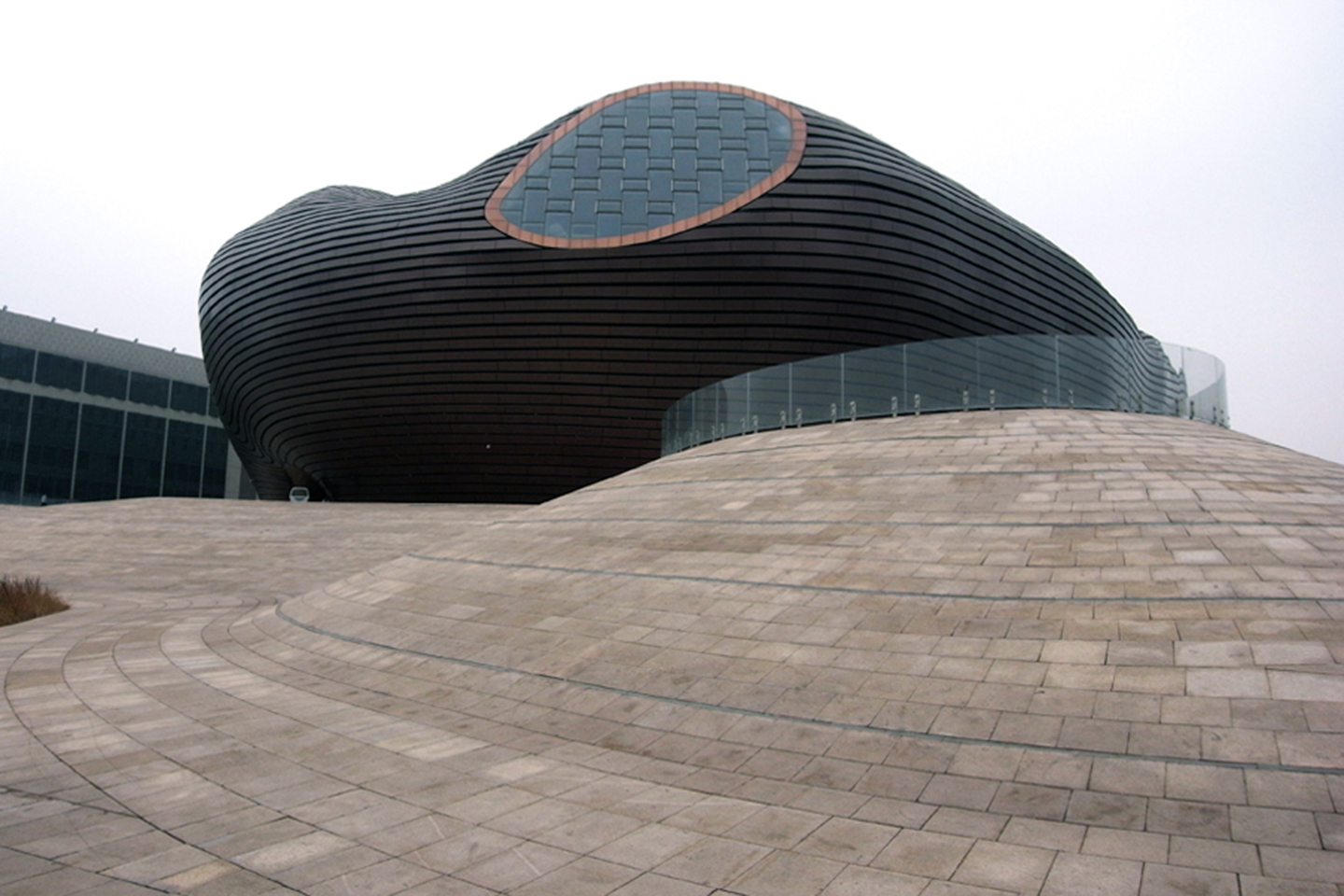Cultural Infrastructure in China: A New Strategy in Urban Marketing
With an average of 100 new museums a year since 2010, China’s cultural infrastructure has now entered an important phase of extension. This growth has been endorsed by the last five-year plan (2010-2015), which aimed to have 3,500 museums nationwide by 2013. The museum phenomenon demonstrates that this extension of cultural infrastructure might be the next step in an urban development program geared more towards a modern, diversified, and global metropolis.
To more closely approximate western levels, the policy’s initial aim was to reach the ratio of one museum per 250,000 people. New museums were built in most large cities, sometimes close to historical or archeological sites, such as Ordos in Inner Mongolia. Here the new museums are thought of as new focal points for the city. The museum as ‘emblematic architectural structure’ is a trend that has influenced many important urban centers competing to attract the most famous international architects (for example, Nouvel, Pei, Foster, Kuma, etc.). The realizations of these efforts and projects are seen as an important key in forging a city’s new identity.
There is sometimes a lack of quality oversight in cultural programs that can result in a gap between the museum’s external structure and its internal content. This focus on cultural infrastructure in China has also led to the launching of large private initiatives, usually displaying innovative collections which are free from constraints often associated with the public sphere. Such initiatives include Shanghai’s Long Museum by Wang Wei and Yuz Museum by Budi-Tek. Both museums contribute to the improvement of the city’s international reputation through renowned contemporary art collections. The development of a number of high quality cultural projects is an important aspect of “soft-power”, especially useful for China to promote a diversified and international reputation.
This period of intense museum construction is also part of a political strategy. As the government seems to gradually be distancing itself from overt communist discourse in its policies, it has shifted to traditional values and supporting the spread of Chinese culture. Even though only 2% of China’s museums display contemporary arts, the new structures often offer exhibitions where Chinese culture is presented in a new light. An example is the massive Jianchuan Museum Cluster in Anren, Sichuan, which subtlety analyzes violence during the Cultural Revolution.
However, statistics show that these new monumental museums are often left empty. According to Ivan Lau, former director of Suzhou’s True Color Museum, a generation must pass before museum culture can truly integrate into Chinese social practices. To attract more visitors, some museums are resorting to innovative strategies such as the OCAT Xi’An Terminal, which equips its exhibitions with QR codes, organized special events, and reading rooms to offer alternative cultural mediums.
Thus, cultural infrastructure may precede actual social practices, but it nevertheless highlights a will to project the city towards a greater diversification and an improved international image.
-
2018/02/13

-
Ordos

-
Julien Vincelot


the other map
Explore arrow
arrow
loading map - please wait...




